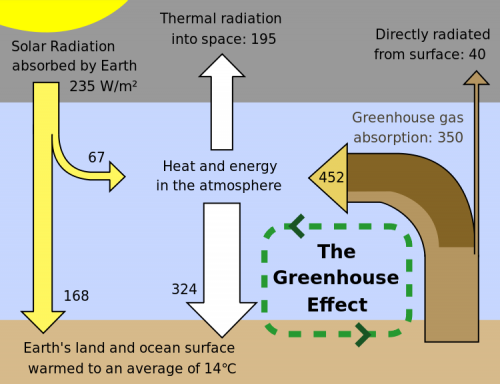Bacteria could help to capture greenhouse gases

Carbon dioxide is an important molecule necessary for life on Earth. Trees need CO2 for photosynthesis, crops produce higher yields in its presence, and some bacteria can transform it into food. The molecule is even an important part of human health, driving us to take in big breaths of oxygen.
However, too much CO2 can have a disastrous effect on ecosystems and contribute to climate change. That is why scientists want to know how to strike a balance.
With the help of the Canadian Light Source (CLS) at the University of Saskatchewan, researchers from Simon Fraser University are investigating how organisms sense and respond to CO2.
Their research could help advance human and environmental health and lead to new strategies for carbon capture.
"It's very important for organisms to be able to sense local CO2 concentrations and respond because it's such an essential gas," said Dr. Dustin King, a postdoctoral researcher in Dr. David Vocadlo's lab in the university's Department of Chemistry.
In a paper published in Nature Chemical Biology, King and colleagues examined the important role CO2 plays in cyanobacteria—photosynthetic organisms found in water.
Cyanobacteria use carbon to create essential nutrients that sustain their life cycle.
"They are able to capture it from the atmosphere, fix it directly, and add it to simple organic molecules," said King. "Understanding how cyanobacteria regulate CO2 fixation may give us an avenue for developing improved CO2 capture technologies."
King believes we may be able to leverage the system within these organisms, along with industrial processes, to help reduce CO2 emissions.
Using the CLS's CMCF beamline, the team could see detailed molecular structures and study how CO2 binds to a bacterial protein.
"It would be impossible to do it without the CLS because we require high resolution detailed molecular structures," stated King. "Seeing how these beamlines at the CLS have evolved has been just amazing. Now we collect data sets in a matter of half a minute or so, it's quite incredible."
More information: Dustin T. King et al, Chemoproteomic identification of CO2-dependent lysine carboxylation in proteins, Nature Chemical Biology (2022). DOI: 10.1038/s41589-022-01043-1
Journal information: Nature Chemical Biology
Provided by Canadian Light Source




















